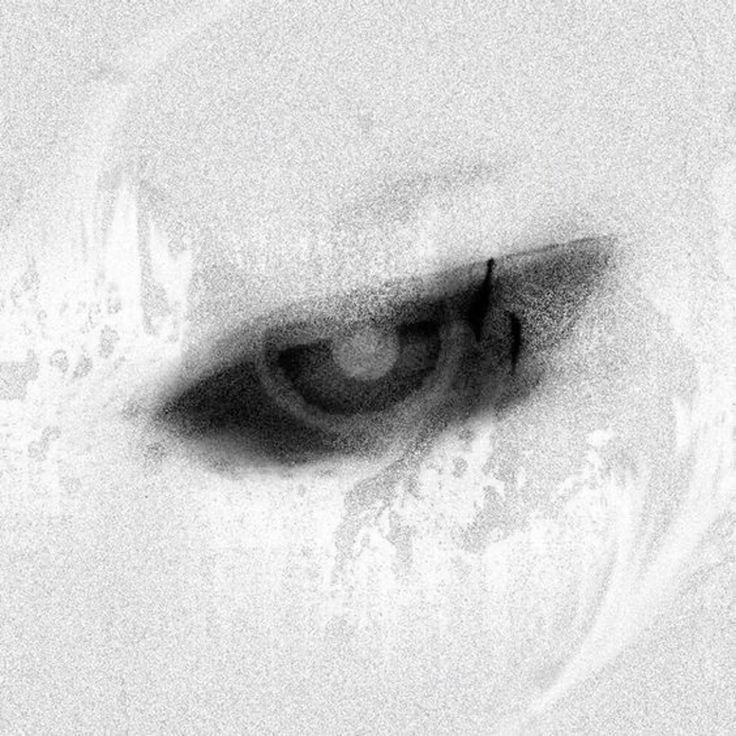Science
Subdecks (1)
Cards (114)
- Gravity
- Friction
- Magnetic Force
- Gene
- DNA
- Genetic Code
- Exothermic Reaction
- Chemical Reaction
- Endothermic Reaction
- What is the definition of force?
- Inheritance
- Gene
- Sex Cells (Gametes)
- Electromagnetic Spectrum
- Magnetic Domains
- What equipment is used to measure the volume of a liquid?
- What equipment is used to measure the mass of a solid?
- What equipment is used to measure time?
- What equipment is used to measure temperature?
- What equipment is used to measure distance?
- What equipment is used to measure density?
- What equipment is used to measure force?
- What are the definitions of key experimental terms?
